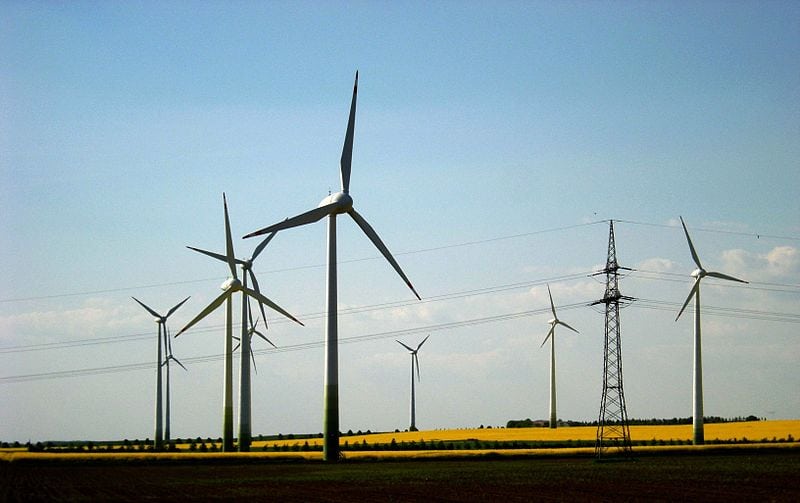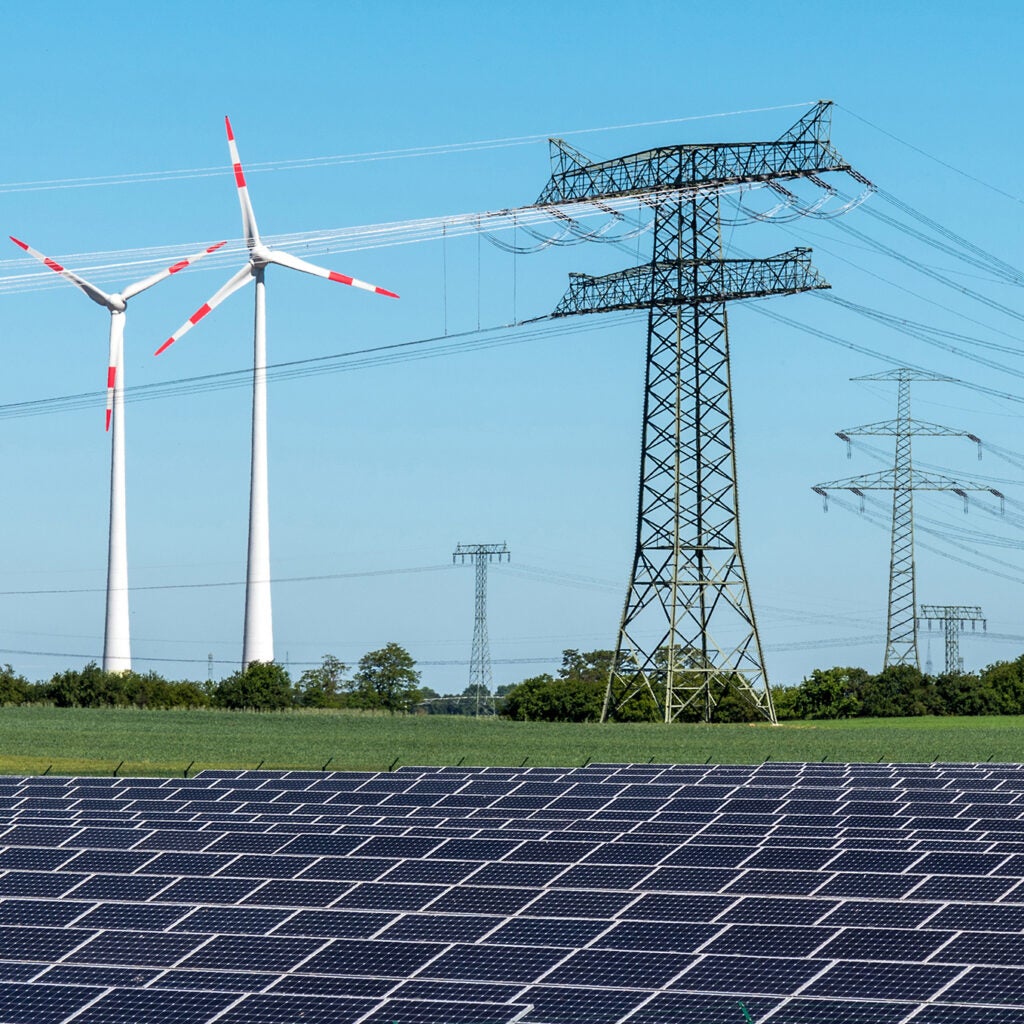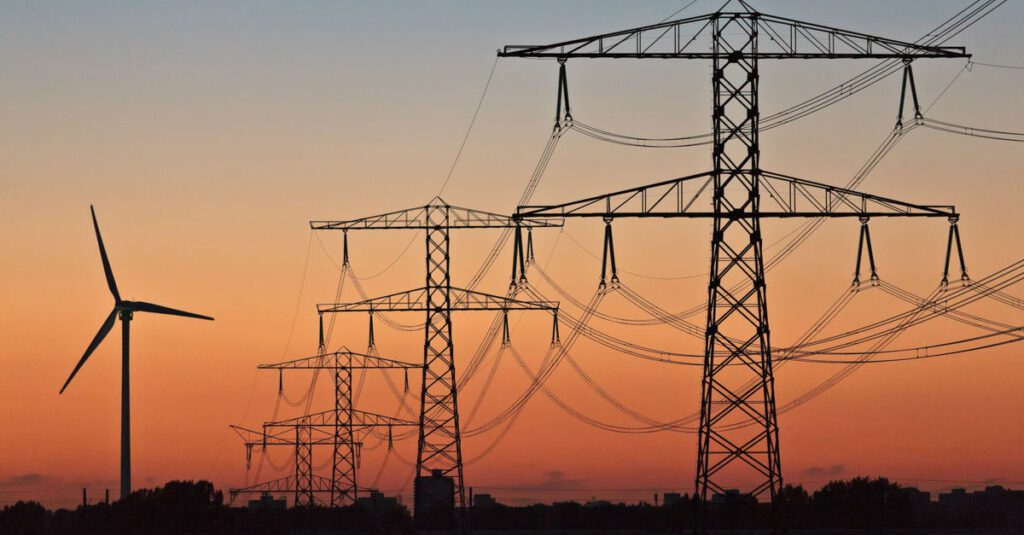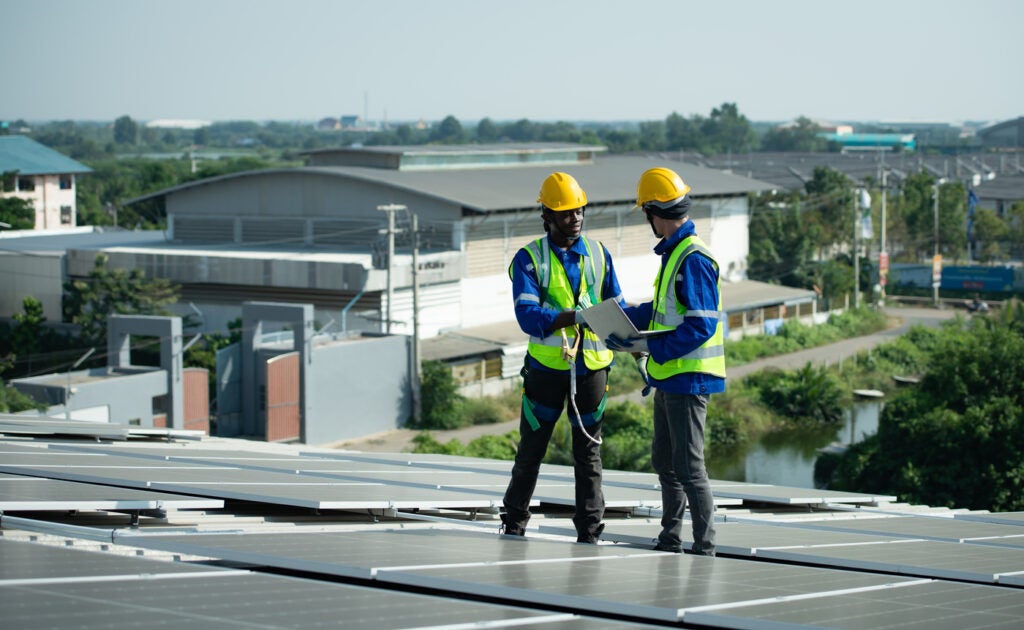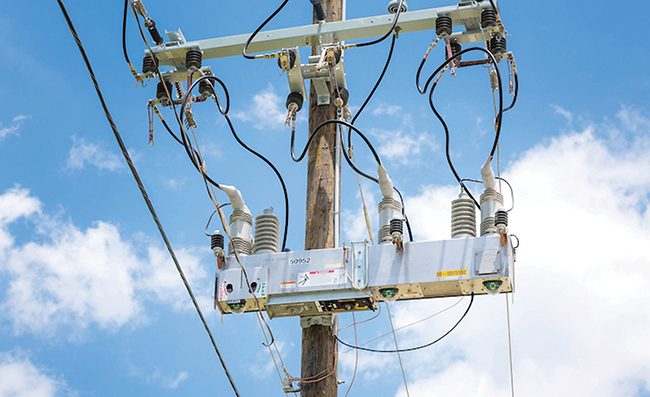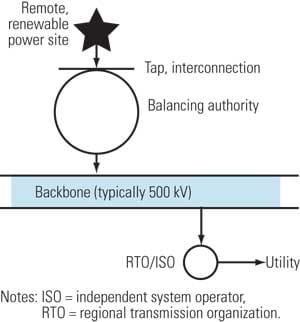There have been numerous pronouncements recently about the upcoming demise of the bulk power grid as consumers are projected to move toward decentralized green energy sources. We don’t believe that the end of the electric grid is nigh upon us.
Investment in Transmission Grows
In the last decade, low load growth in the U.S. has been accompanied by continued transmission growth. Although the percent of load growth is declining or flat nationwide, investment in the transmission system is increasing. In addition, recent trends suggest that decarbonization efforts—installation of renewable resources and distributed energy resources—will likely be accompanied by increasing transmission expansion. Other factors are contributing to the increased transmission system investment as well.
Annual electric load growth has trended downward over our lifetimes, from 9.8% annual growth in the 1950s to 0.7% in the first decade of the 21st century. Nonetheless, the load itself continues to grow as does transmission system investment. Annual investment in the transmission system increased from around $2 billion in 1997, to $14 billion in 2012, an annual growth rate of almost 14%. What is driving this significant growth in transmission system investment? Let’s look at some factors.
Additions of new generation as well as retirements of existing generation cause the flows on the system to change. Each time a generation source location is changed by an addition or a retirement, the resulting flows on the transmission system cause additional stress or unloading on other parts of the system. Sometimes, the additional stress can cause potential overloading and voltage problems.
A transmission planner must carefully examine the effects of all generation changes. If problems are created, additional transmission system investment will be necessary. Furthermore, if there are considerable variable intermittent resources, the system must be built so that it supports multiple dispatch scenarios. This will generally call for greater transmission infrastructure.
Greater demands are being placed on the transmission grid. Today, building a flexible system that allows economic dispatch under a variety of operating conditions is becoming a strong priority in many areas.
Hardening the System
Much of our existing transmission infrastructure is old, and requires upgrading and replacement independently from growth drivers. This includes replacement in kind and uprates for increased functionality, system hardening, and the ability to meet increasingly stringent compliance requirements.
Enforcement by the North American Electric Reliability Corp. (NERC) of reliability standards covers the areas of measurable performance, risk mitigation strategies, and entity capabilities as well as Critical Infrastructure Protection. In many cases, compliance with the standards requires increased transmission investment.
Utilities in coastal states are examining hardening alternatives for their transmission systems to allow them to better withstand hurricanes and intense weather. System hardening does not just apply to transmission systems that are subject to hurricanes; improvements can be made to enhance systems against any type of weather or catastrophic event.
Elements of system hardening programs include vegetation management, flood hardening, preparing for heat waves and dry spells, upgrading poles and structures with stronger materials, undergrounding, shortening span lengths, changing out wires, and investing in smart grid sensors. All of these efforts require additional investment dollars.
Renewables Require Enhanced Transmission
What about green energy? Solar energy resources developed to date include rooftop solar (with a current penetration of about 1%), community gardens, and large utility-scale projects. We predict that rooftop solar will not be the resource of choice for most Americans in the future. For them, increased solar usage will come from utility-scale and community solar projects—with an associated transmission investment.
Most wind development to date is actually in the form of utility-scale projects in states or portions of states where not many people live. Thus, wind energy is often accompanied by a significant investment in transmission to move the energy from where it is to where the people—and thus the demand for that electricity—are.
A “greening” of the power supply, rather than limiting the importance of the grid, will enhance the need for increased transmission investment despite higher levels of local generation, microgrids, or individual customers who go off grid. Interconnections to the transmission grid provide a low-cost, backup source of power, allow for energy exchanges and capacity sharing, and also serve to enhance overall reliability.
Grid connections have the capability to enhance the convenience, security, flexibility, cost, environmental responsibility, and performance of localized power systems. More renewables and non-conventional technologies will likely include a major role for, and potential expansions of, the bulk transmission grid.
The more we expect from our power systems, the more central the grid will remain. ■
— Russell P. Schussler, PE is vice president of system planning for Georgia Transmssion Corp. and Jill S. Tietjen, PE is an outside director for the Georgia Transmission Corp. and CEO of Technically Speaking Inc.











